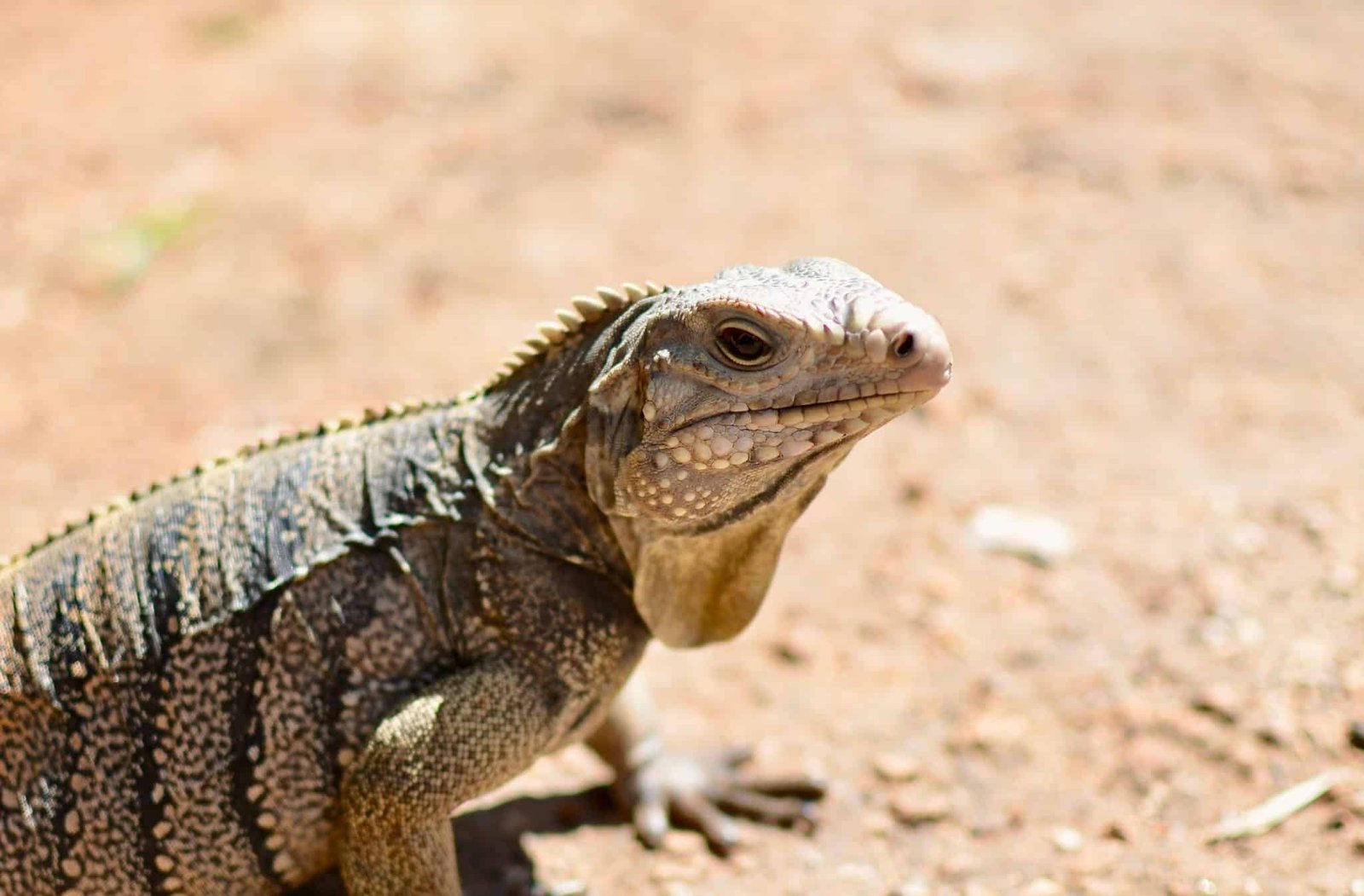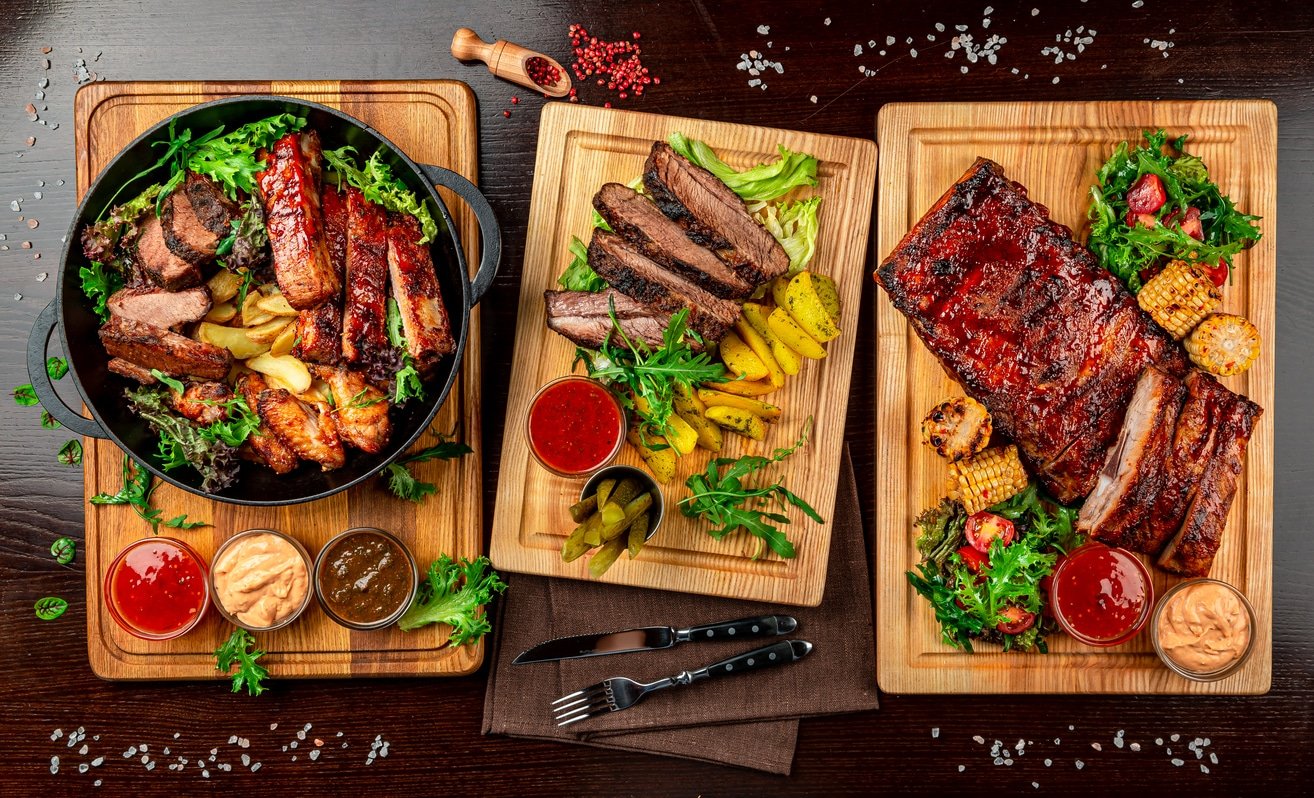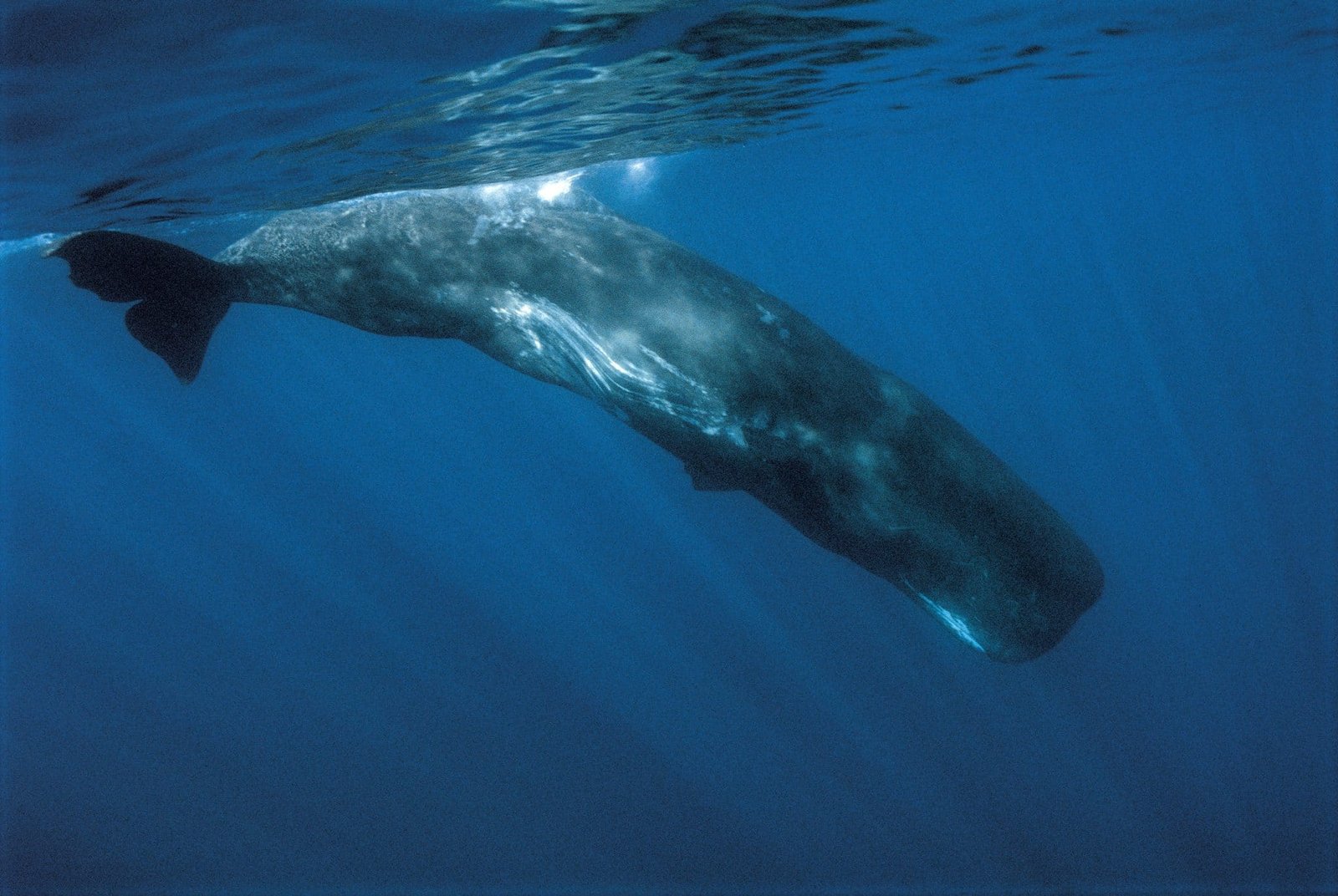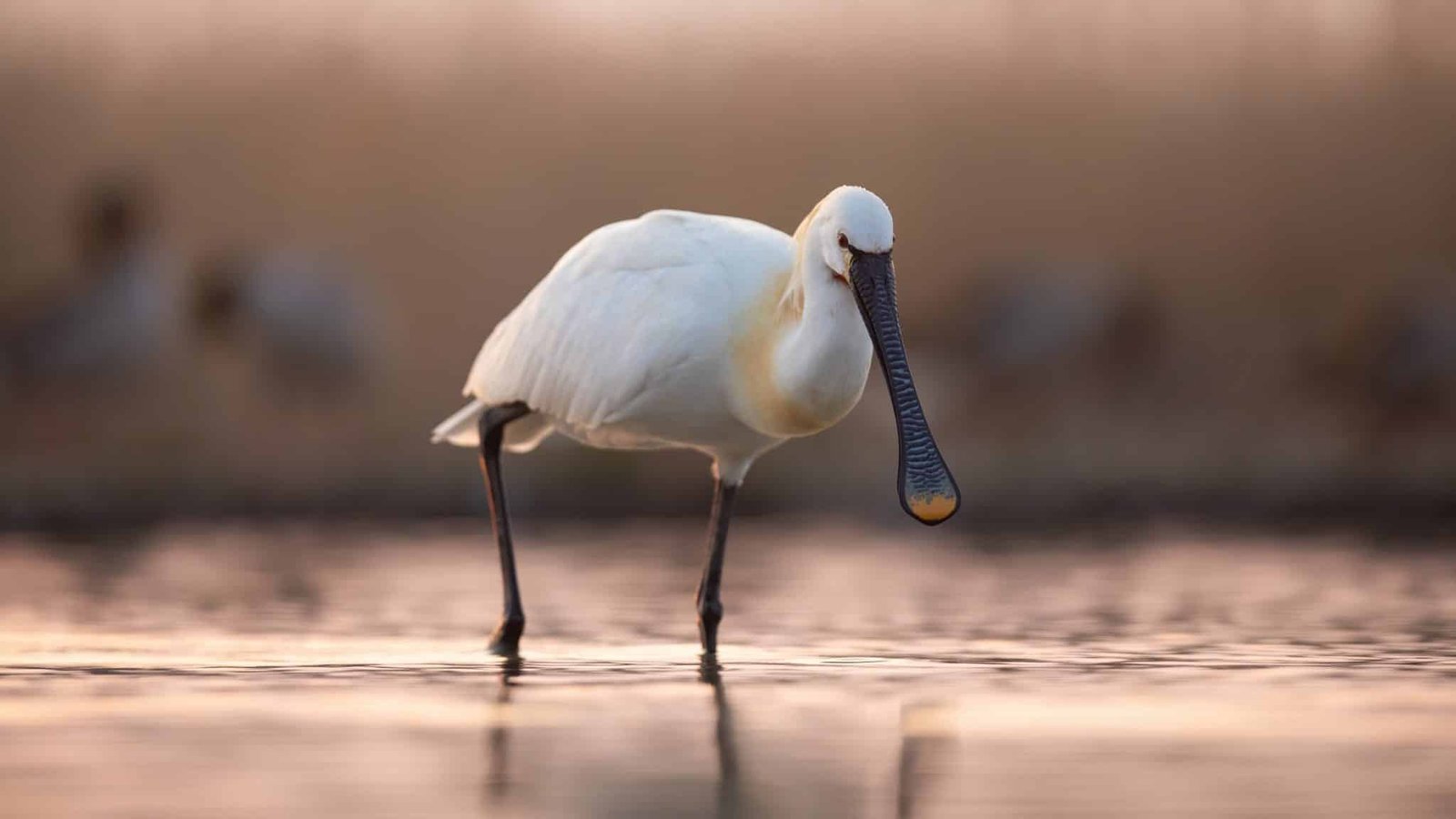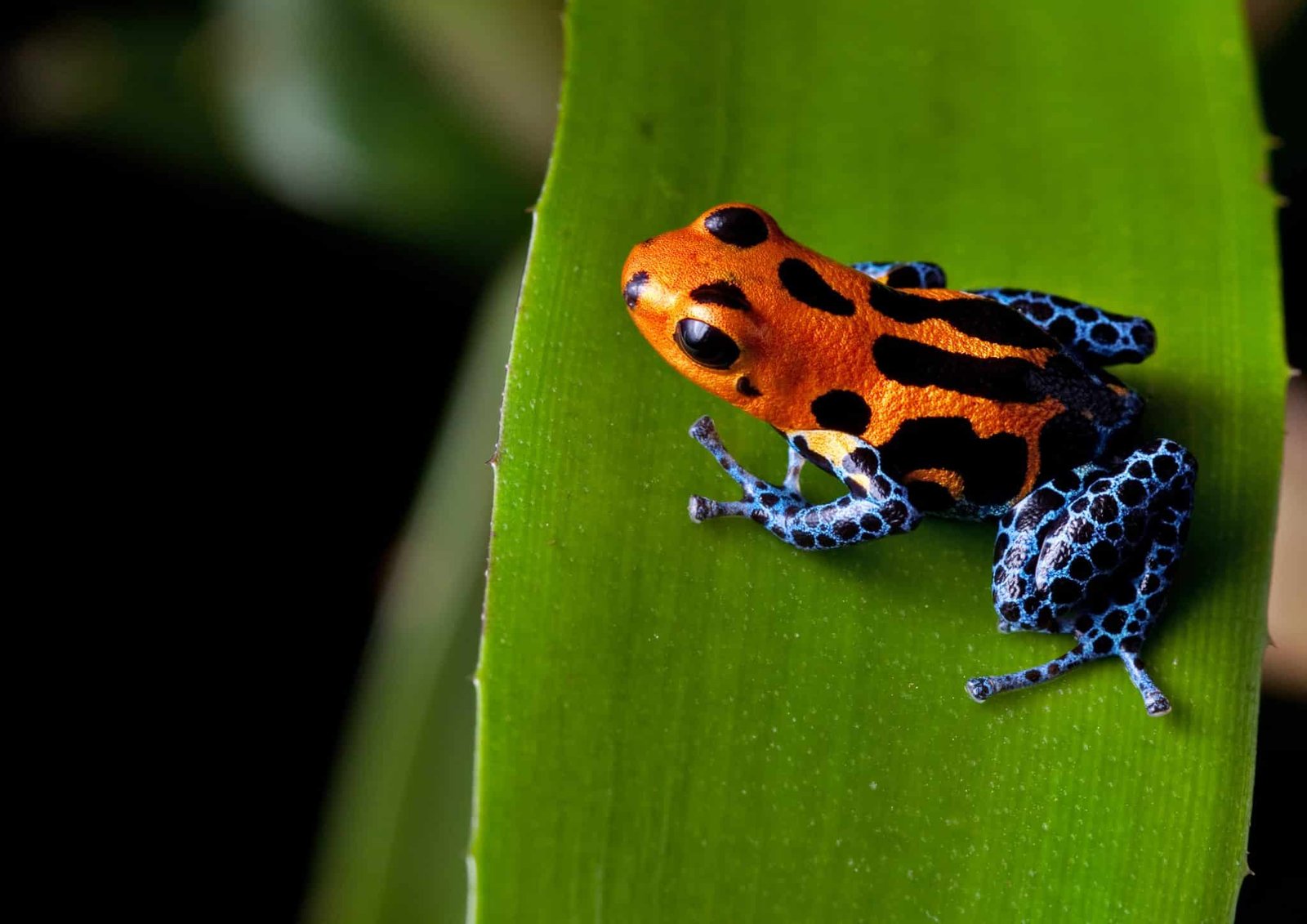Common, Rare & Dangerous Animals In Cuba & Where To Find Them!
Cuba is located where the Caribbean Sea, the Gulf of Mexico, and the Atlantic Ocean meet. The result is a wide range of biodiversity within the country, from deserts and rainforests to mountains, valleys, and cliffs – and with that comes an incredible diversity of wildlife.
In fact Cuba contains the largest mangrove forest in the Caribbean and has 36% of the coral reefs in the region!
Subsequently these environments are filled with rare and endangered species that you might not find elsewhere. There are also many animals native to Cuba that don’t exist anywhere else in the world!
Since there is such special wildlife within Cuba, progressive ecological conservation policies have been put in place in order to preserve their unique biodiversity so species can continue thriving for years to come.
And luckily if you’re looking to discover Cuba’s incredible animals on your next trip, you’re in the right place!
Below we show you some of the most common, dangerous, and rare/endangered species in Cuba, as well as where to spot them. Let your wildlife adventure begin!
CONTENTS:
- Common Animals In Cuba
- Dangerous Animals In Cuba
- Rare Animals In Cuba
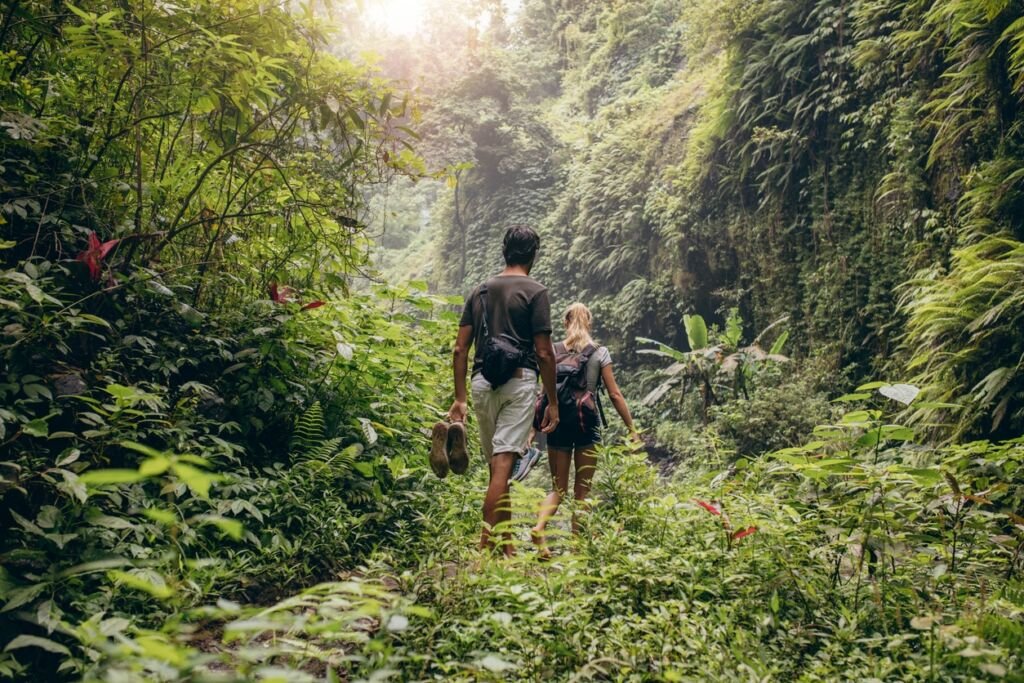
Common Animals In Cuba To Try & Spot
There are many beautiful and surprising animals in Cuba that are commonly spotted throughout the country.
Seeing some of these animals will likely be a completely new experience from any other animal encounter you’ve had before, so coming across them is very special.
Keep an eye out for the below animals and remember to be respectful of their natural habitats.
1. Cuban Trogon
The Cuban Trogon thrives within tropical forests and is painted with an array of beautiful colors that stand out in the wild – such as their red belly, white chest, a green back, and a blue crown.. It also has a serrated beak helping them chew food and break through tree bark when building its hole.
Cuban Trogons don’t build traditional nests, instead, they carve out a little hole within the trunk of a tree for their home – so keep an eye out for those nests while hiking Cuba’s forests as that is their main habitat.
These birds are often spotted in pairs too, and tend to be quite sedentary, remaining perched on a branch for long periods. In fact when they do fly they can be quite clumsy!
Cuban Trogons have a relatively simple diet, consisting of fruits, insects, and occasionally sipping nectar from plants.

2. Bee Hummingbird
The bee hummingbird, native to Cuba, weighs approximately 1.6 grams and is the smallest bird on the planet!
The male birds have a noticeable red underbelly and head, however, after mating season these colors fade into a more light brown color. The female birds are slightly larger than the males and have a turquoise blue or white underbelly.
The bee hummingbird is often found residing in coastal forests and forests with large bushes. They are less commonly found in swamplands, valleys, and gardens.
With these birds being so small, they fall prey to a variety of different animals and insects, from mongooses to frogs to praying mantises. And now due to habitat loss and newfound predators, the Bee Hummingbird is unfortunately considered to be a “near-threatened” species.
The hummingbird can reach speeds of 25 – 30 mph and has the highest metabolic rate of any animal on the planet. Some people even mistake these hummingbirds for bees when they first spot them – you have to be quick if you want to see one!

3. Knight Anole
Knight anoles are large reptiles that can live up to eight years, reach 20 inches in length and weigh anywhere between 16-137 grams. These Anoles are bright green with a yellow stripe down the side of their head, in line with their mouth.
They typically like to stay higher up in trees, or close to the tree base, but sometimes you may spot one of these Anoles warming itself on the sidewalk.
However knight anoles cannot withstand colder temperatures and have been observed falling out of trees after freezing in colder weather!
These reptiles are carnivores, with a diet consisting of mostly insects and snails, and like to live in forests, mangroves, parks, and gardens.
If you see one, just don’t instigate it, these anoles will offer an incredibly painful bite if they feel threatened.

4. Cuban Hutia
The Cuban hutia is a large rodent that can grow up to 19 pounds, ranging from 20- 60 cm in length, and can live up to eleven years old. They vary in color, some having red, brown, yellow, or black furs.
They are found inhabiting many areas of Cuba, from cloud forests, coastal semi-deserts, marshy areas, and even in the eastern mountains of Cuba.
The Cuban Hutia has short legs and when they walk it looks as if they’re waddling, but when they need to escape a predator they are capable of hopping.
Although Cuban hutias are not becoming an endangered species, they are protected by wildlife conservation acts and cannot be hunted unless a permit is obtained.

5. Cuban Tree Boa
Cuban tree boas are commonly found in rainforests, evergreen forests, and forest swamps. Often living upwards of 20 years, and growing to be up to 21 feet (although averaging closer to 6-9 feet) these reptiles are pretty hard to miss.
They will be found preying upon small animals, like bats, rats, birds, and hutias. When hunting, these snakes have been known to work in teams, isolating the entrance to caves before attacking their prey.
The population of these boas is stable, and although large they are relatively harmless to humans. Keep your distance and observe their incredible length and stunning scales!

6. Cuban Tody
The Cuban tody is a small, bright green bird with a white belly and red highlights.
They live in Cuba year-round and are often seen in pairs of two. These small birds have a diet that consists mainly of fruits, lizards, and spiders.
Although their population is slowly decreasing they can still be seen throughout the woodlands in eastern and western Cuba.
They also hunt throughout the day, so keep an ear out for their unique bird songs or the whirring of their wings.

Dangerous Animals In Cuba To Watch Out For
With such unique wildlife in Cuba, there are a few animals that are can be quite dangerous for humans.
It is important to be respectful of all natural habitats when exploring the beauty of Cuba, but if you happen to spot any of these animals it’s best to err on the side of caution and keep your distance.
1. Monte Iberia Eleuth
The Monte Iberia Eleuth, also referred to as Mount Iberia Dwarf Eleuth, is a critically endangered frog that can only be found within eastern Cuba.
It thrives in areas with high humidity, and substantial year-round rainfall and can be spotted by the roots of ferns, or under piles of leaves.
The Monte Iberia Eleuth is actually the smallest frog in the northern hemisphere and the third smallest frog species globally, at only 10 mm (or ⅜ inch) in length!
These frogs are black with a yellow line crossing over the body of the frog. Finding a Monte Iberia Eleuth can be a challenge, given its small size, but if you do happen to come across one, don’t try to pick it up!
These frogs have poisonous skin that helps protect them, and when consumed, the toxins on their skin produce a muscle-paralyzing effect on their predators.
2. Cuban Solenodon
The Cuban Solenodon is an endangered, nocturnal shrew that lives within the forests of Cuba.
It is actually considered a living fossil since there is no evidence of its evolution even though the species have existed since dinosaurs roamed the Earth.
Solenodons were once believed to be extinct, but over time, evidence has been found that they still exist and there might be a larger population of them than initially considered.
However solenodons are considered dangerous due to the venom contained within their saliva that is discharged through the grooves of their teeth.
Solenodons are social animals who typically are found living in small groups inside caves, hollows, and burrows within tropical rainforest climates. They have proportionally large heads, big front teeth, long front legs, and thick scaly tails.
3. Cuban Crocodiles
The Cuban crocodile can only be found within Cuba, residing in either the Zapata Swamp or Lanier Swamp.
These crocodiles are critically endangered, so it’s important to be mindful of their habitats if you go exploring.
The Cuban crocodile only lives in freshwater, rarely venturing into bodies of saltwater. And compared to others in their species, Cuban crocodiles are relatively small. They are typically around 3.5 meters, with female crocodiles being smaller, however, in rare instances, some crocodiles have been spotted at up to 5 meters.
Cuban crocodiles can live upwards of 50 years and are rather active animals. They are fast swimmers and they’re able to jump while remaining relatively agile on land, due to less webbing on their feet.
Since the metabolism of these crocodiles doesn’t heat their bodies, they often start their morning basking in the sun – if you’re in the right area, you might spot one of these crocodiles sunbathing!

4. Caribbean Reef Shark
The Caribbean Reef shark resides in coastal reefs in the Caribbean and off South America. These sharks range anywhere from 6.5 – 10 feet in length.
Caribbean reef sharks are bottom-dwellers and often remain close to the seafloor, and there have even been sightings of these sharks sleeping in caves on the ocean floor.
These sharks typically prey on smaller, bony fish and are equipped to detect low-frequency sounds which allows them to listen for struggling fish nearby.
Although these sharks are abundant, it is prohibited for them to be caught by commercial fishers in the United States. It is rare, but on occasion, these sharks will sometimes attack humans if they fear they are being trapped or threatened.
One fascinating fact to note, the flesh of these sharks is often toxic for consumption, it often contains large amounts of mercury. So, although unpopular to eat, they are becoming more widely visited as tourist attractions.
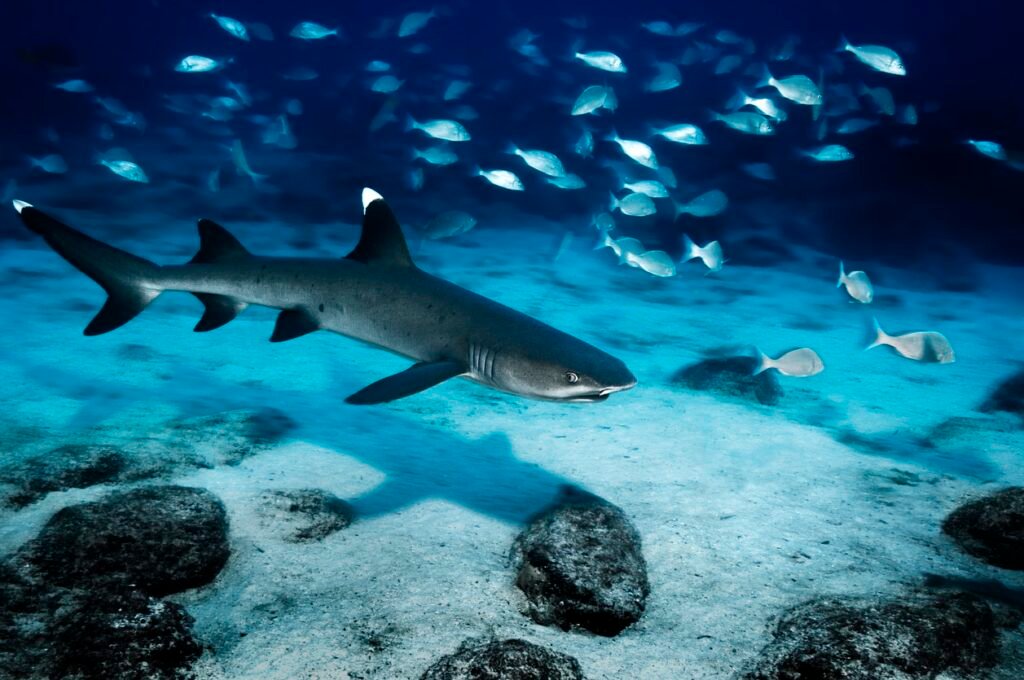
5. Mosquitos
Mosquitos are common in Cuba, and whilst small, they can carry many life-threatening diseases.
Since Cuba is a tropical climate, there are a large number of mosquitos year round, and that number grows in the wet season.
Although it’s recommended to visit during the dry season when the mosquito population is smaller, it’s important to keep in mind they can still be carrying diseases then too.
In Cuba, mosquitos are known to be carriers of dengue fever, which causes fevers, skin rashes, and joint and muscle pain – in severe cases it can lead to death.
When visiting Cuba it’s important to bring repellent, such as a bug spray or a bug zapper, to keep mosquitos away.

6. Cuban Tree Frogs
Cuban tree frogs are native to Cuba, the Bahamas, and the Cayman Islands. Though, they are now an invasive species within other areas in North America.
These frogs can grow to be 6 inches and have larger toepads than other tree frogs and have a mucus-like substance on their backs that acts as a defense mechanism against predators but can prove to be quite irritating to human skin.
Their skin also adjusts in color to match their environment, changing from dark greens to grays.
Cuban tree frogs can be found in a variety of places throughout Cuba. There are even some reports of these frogs inside people’s houses, where they can cause clogged drains, or create electrical disruptions since they can get into the electrical switch boxes.

Rare Animals In Cuba You’d Be Lucky To See
Islands provide homes to many animals, however with changes to habitats, some that require specific living conditions are unfortunately unable to adapt fast enough and end up being wiped out.
Here is a list of the rare and endangered species in Cuba you could be lucky enough to see:
1. Antillean Manatee
The Antillean Manatee, nicknamed the sea cow, is an herbivorous mammal that can be found living off the coast of Cuba.
With a huge size of 13 feet and 3,500 pounds, these mammals can be quite surprising. As they swim along the coast they are slow but remain elegant swimmers.
Since their only real predators are humans, they can live leisurely, swimming at only 5 mph.
Antillean Manatees can be found exploring mangroves, seagrass, and coral reef ecosystems. This provides them with areas to rest, eat and mate.
Although the Antillean Manatee can survive extended periods in bodies of salt water, it needs fresh water to survive.
They get their nickname of sea cows, not only because of their stature but also their diet, which consists mostly of seagrass.
Antillean Manatees are facing a rapid decline in their populations as the threat of fishing, pollution and, water-craft collisions are common.
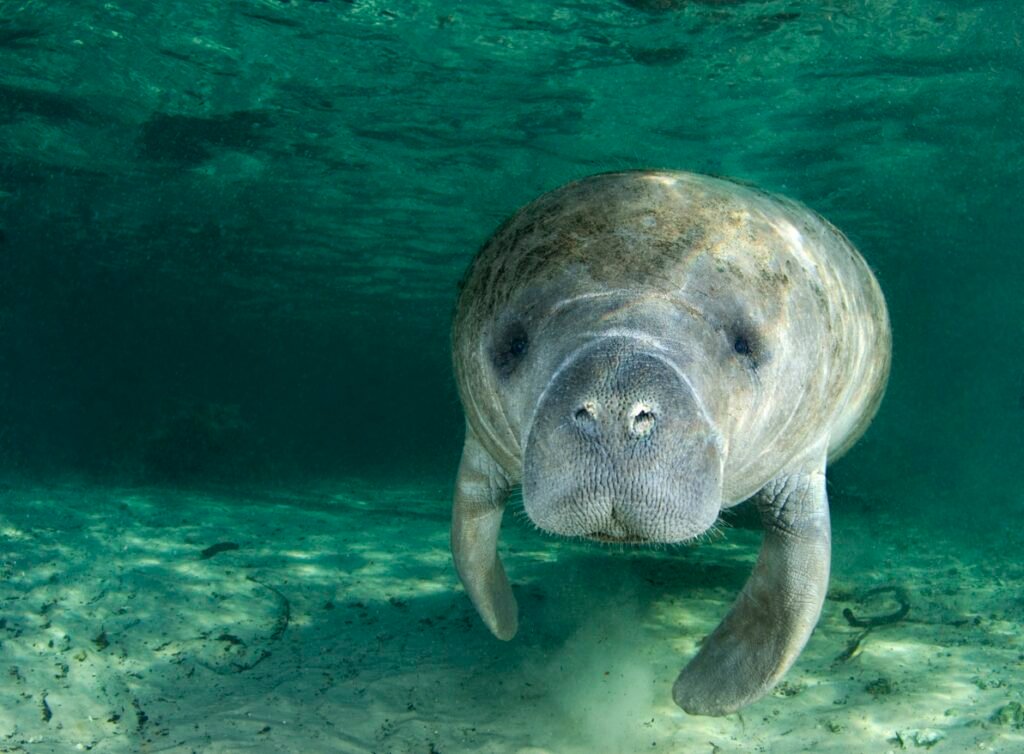
2. Hawksbill Turtle
The Hawksbill Turtle is a sea turtle found in tropical oceans. It’s currently classified as critically endangered and is named for its hawk-like beaks.
Their shells have a distinct pattern of overlapping colors and shapes that make them quite stunning to spot in the wild. With a weight between 90-150 pounds and a length of 30-35 inches, these sea creatures can grow to be quite large. They mostly feed off sponges, anemones, and jellyfish.
You can sometimes spot these turtles on remote beaches or you can venture to the Southwestern region of Cuba and visit Cayo Largo del Sur where there is a sea turtle sanctuary!

3. Cuban Parakeet
Cuban parakeets are native to Cuba and are the only wild parakeets within Cuba. These birds are quite noticeable with their bright green feathers and vibrant red on the underside of their wings.
They were commonly found on the island until they started getting captured for the pet trade. This has largely impacted this species, dwindling the numbers to only 1,500-7,000 birds on the island.
These parakeets can be spotted in central Cuba, some of the populated areas include the Zapata Swamp, Finca La Belen, and the Sierra Cristal.

4. Cuban Painted Snail
Cuba is home to upwards of 1,000 snails, but the Cuban Painted Snails are particularly standout. They are known for the animated coloring of their shells. They are painted a variety of different colors and scientists wonder if it’s to confuse potential predators.
Painted snails are also able to produce mucus that seals them within their shell, allowing them to rest without drying out.
These beautiful snails can be found in the Alexander von Humboldt National Park. If you go admire them, leave them on the Island, as tempting as it might be to take them home.
These snails are classified as critically endangered and are widely sought after, which has led to the illegal buying and selling of Cuban painted snails.
5. Cuban Rock Iguana
Cuban rock iguanas have a lifespan of up to 15 years, and are omnivorous creatures with a diet consisting of mostly fruits, leaves, snails, and flowers.
They prefer living in areas with temperatures above 90 degrees Fahrenheit and they have a large flap of skin off their chin that helps them regulate their internal body temperature.
These iguanas are incredibly strong and have very powerful tails that can be used to escape predators by swimming away after jumping from branches.
They can be found near the rocky coast of Cuba, either hidden up in trees or out on the beaches.

The Wildlife & Animals In Cuba: Final Thoughts
Cuba is home to many different species of animals and has a rather delicate ecosystem.
But when entering a new ecosystem, with animals that may look different than anything tourists have ever seen, it’s sometimes easy to forget that this is home for these animals. Many of the rare and endangered species on the island need very specific living conditions, and taking animals away from their natural habitats can become invasive species.
If you are planning an upcoming trip to Cuba, or it’s on your bucket list, remember to be mindful of nature and look out for any dangerous animals. Good luck wildlife spotting!


